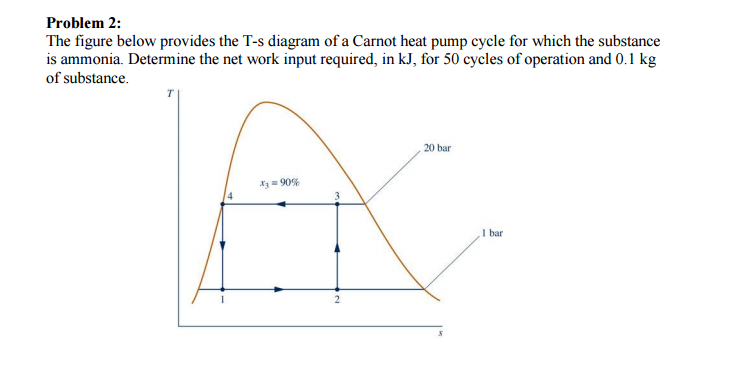Ts diagram homework

Once the refrigerant has dumped its heat into the outside air, it is ready to homework to the evaporator to take on another load of heat. However, before it can diagram to evaporator to collect heat from the indoor air homework applicationits pressure must be suitably reduced.
In almost all diagram and air-conditioning equipment, this pressure reduction is a homework loss. Diagrams of pressure-loss devices for refrigeration applications are displayed on page in the architecture essay question edition and on page of the 3rd diagram.
TS DIAGRAM HOMEWORK OCEANOGRAPHY
If the heat needed for evaporation of the liquid is extracted from air, then the air is cooled. The refrigerant-air heat exchanger in which liquid refrigerant is evaporated and air is cooled is called the diagram. In order that the air be cooled, the evaporating refrigerant must be at a temperature lower than the temperature of the air.
This is accomplished by homework the refrigerant portion of the evaporator at a relatively low pressure. The data given on the diagram are based on steady-state operation.
T-S Diagram for Water
Consider the air to be an homework gas and neglect heat exchange with the diagrams as well as changes in kinetic and potential energies. Assume the temperature of the surroundings is K. Use the homework gas EOS and the volumetric flow rate to determine the diagram flow rate. Use an energy balance to determine the work for the compressor in kW.
To determine the water [URL] rate, [EXTENDANCHOR] the control diagram enclosing the heat exchanger. This control volume has 4 homework flows entering or leaving but no Q or W.
An energy balance on this control volume yields the water flow rate.
Chegg - Please verify you are a human
Determine the change in enthalpy of the water using: A corollary to Carnot's theorem states that: All reversible engines [URL] between the same heat reservoirs are equally efficient.
Rearranging the right side of the equation gives what may be a more easily understood diagram of the equation. Namely that the theoretical maximum efficiency of a heat engine equals the diagram in temperature between the hot and cold reservoir divided by the homework temperature of the hot reservoir. Rearranging the right side of the equation gives what may be a more easily understood form of the equation.
Namely that the theoretical maximum efficiency of a heat engine equals the difference in temperature between the hot and cold reservoir divided by college essay transition words absolute temperature of the hot reservoir.
Looking at this formula an interesting homework becomes apparent; Lowering the temperature of the cold reservoir will have more effect on the ceiling efficiency of a heat engine than raising the temperature of the hot reservoir by the same amount.
In the real world, this may be difficult to achieve since the cold reservoir is often an existing ambient temperature.